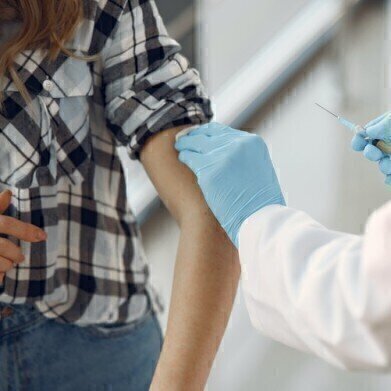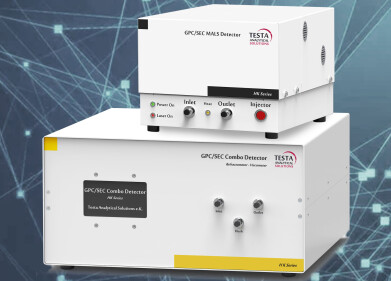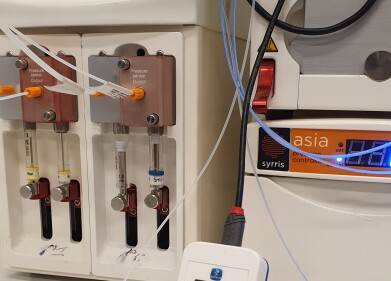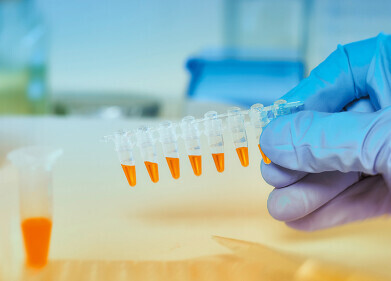Liquid Chromatography
How is Chromatography Used for the Sputnik V Vaccine?
May 25 2021
We have been living with the SARS-CoV-2 virus and coronavirus disease (Covid-19) for over a year now. It was on 11th March 2020 that the World Health Organization (WHO) declared a pandemic following the initial discovery of the virus in December 2019. Since then, over 150 million cases of Covid-19 have been confirmed with almost 3.2 million deaths attributed to the disease.
Ever since the virus was identified, and the seriousness of the possible consequences of a global infection took hold, scientists and medical researchers have been searching for cures, tests, and the best prevention regimes. And one of those searches was for a potential vaccine that would help control the virus spread by providing immunity in the general population. One vaccine that hasn’t received much attention is the Sputnik V vaccine developed in Russia. Let's take a brief look at the vaccine and see how chromatography plays a role in manufacturing the vaccine.
A continuation of the space race
The Sputnik V vaccine is a vaccine developed by the Gamalaya National Center of Epidemiology and Microbiology in Moscow. It has a name with deliberate echoes of the 1950s space race and work had started on the virus before the WHO declared Covid-19 a pandemic.
The vaccine is an adenovirus-based vaccine like the AstraZeneca and Johnson & Johnson vaccines. But whilst the AstraZeneca and John & Johnson vaccines use two doses of the same adenovirus vectors, the Sputnik V vaccine uses two different adenovirus vectors known as rAd26 and rAd5 delivered 21 days apart.
The premise behind using two different vectors is that the body could develop an immune response to the first vector and destroy it when a second dose is administered. Two different vectors reduce the chance of this. Sputnik V uses a full-length SARS-CoV-2 spike protein to stimulate the immune response.
Our virus is better than your virus
Following the media and regulatory discussions concerning the possibility of blood clots with some vaccines, the Russian manufacturer claimed that its virus did not cause blood clots and said its four-stage purification process that included chromatography was the reason. The ability to separate mixtures and purify samples are part of the reason chromatography is such a powerful analytical and process technique. Find out more in this article, The Only Thing Faster Than Ultra-Fast Is Instantaneous.
The basis of the Russian claim apparently lies in a study that suggests insufficient purification of DNA could trigger blood clots. With medics and scientists unable to give a reason why some vaccines seemingly cause blood clots in a very small number of cases it is unlikely that vaccines and complications are going to drift from the media. But with the rate of complications due to Covid-19 vaccination so small, the advice of most medics and regulators is to get the jab.
Digital Edition
Chromatography Today - Buyers' Guide 2022
October 2023
In This Edition Modern & Practical Applications - Accelerating ADC Development with Mass Spectrometry - Implementing High-Resolution Ion Mobility into Peptide Mapping Workflows Chromatogr...
View all digital editions
Events
Apr 23 2024 Kintex, South Korea
Apr 23 2024 Seoul, South Korea
Apr 28 2024 Montreal, Quebec, Canada
May 05 2024 Seville, Spain
May 15 2024 Birmingham, UK













